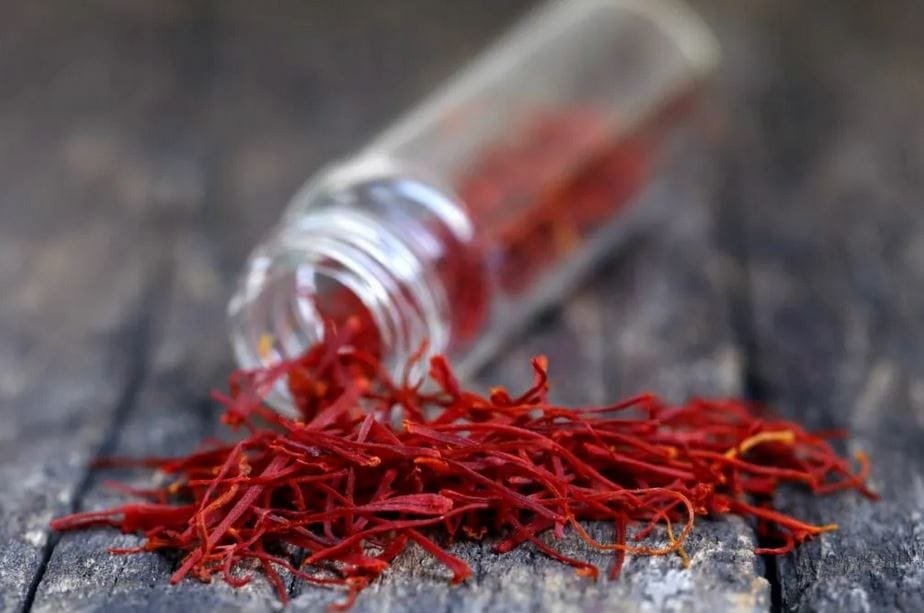 Iran saffron : Decoding the Threats Facing Iran’s Red Gold
Iran saffron : Decoding the Threats Facing Iran’s Red Gold
The Vice President of the Saffron Council announced that improper export policies, smuggling, and droughts threaten Iran’s red gold. If the industry isn’t supported, Iran could lose its position as the world’s top saffron producer.
Gholamreza Miri stated that Iran’s saffron industry, which brings in $400 million annually, faces several challenges. He warned that Iran could lose its global market share. Saffron is a valuable agricultural product for Iran, contributing significantly to the country’s export revenue, especially with U.S. oil sanctions looming. “If we don’t remove production and export barriers, countries like Uzbekistan, Greece, Kashmir, Italy, and Morocco could soon take our markets,” Miri said.
Smuggling: A Major Problem for Iran’s Red Gold
In recent years, the lack of a proper export strategy has led to saffron being smuggled to other countries. Afghanistan is the latest destination, where it is repackaged and sold in Spain and European markets.
The Vice President of the Saffron Council warned that other countries are increasingly interested in saffron production and could replace Iran in the global market if the country’s saffron industry isn’t supported.
Iran saffron: Wrong Export Policies
Miri criticized recent export policies, pointing out that the currency settlement agreement, passed after exchange rate fluctuations, was poorly planned. While saffron is exported at $500 to $1000 per kilogram, exporters must return $1450 per kilogram under the current system. This unrealistic policy will reduce Iran’s export share significantly.
Miri also mentioned that saffron exports have increased by 40% in both weight and value over the past six months.
Money Laundering: The Cause of Increased Saffron Exports
Miri explained that most saffron exporters use the trade as a tool for currency outflows. “Exporters move money out of the country or import goods using saffron exports,” he said.
Since saffron is small in volume but high in value, it is easier to smuggle. Intermediaries often send saffron to countries like China and European nations for profit. These brokers find it more profitable to smuggle saffron than to comply with currency settlement policies, leading to illegal exports.
Iran saffron : The Future of Iranian Saffron in the Global Market
This smuggling threatens Iran’s saffron brand as other countries may create their own brands using Iranian saffron. Last year, Iran produced 326 tons of saffron, generating $400 million in revenue.
Despite droughts and water shortages, saffron production is expected to remain stable this year, thanks to a 10% increase in cultivated area.
Iran saffron :Recommendations for the Government
The Vice President of the Saffron Council suggested that the government revise the currency settlement policy to ensure that exporters return currency in proportion to their exports.
He argued that the $1450 per kilogram rate imposed on exporters is outdated and should be reevaluated to reflect current conditions.
Iran’s Position in the Global Saffron Market
While Iran produces 90% of the world’s saffron, it does not hold a strong position in the saffron trade. The market is controlled by Spain, Italy, Germany, and other European countries. Iran’s share of global saffron trade is just one-seventeenth. Major saffron exporters include Iran, Spain, Afghanistan, Portugal, France, Hong Kong, the Netherlands, Greece, China, Germany, and Switzerland. In 2016, Iran accounted for 42% of saffron exports, while Spain had 29%, Afghanistan 8%, Portugal 5%, and France 3%.
Some agricultural products, like pistachios, saffron, and caviar, are globally recognized as Iranian. Maintaining this position is crucial for both foreign currency and enhancing Iran’s reputation. However, Iran has already lost its lead in pistachio production to the U.S., and its caviar industry has suffered from declining production and competition. These losses highlight the importance of protecting Iran’s saffron industry to prevent further decline.
To ensure Iranian saffron’s continued success and global dominance, the country must address the threats facing the industry immediately.
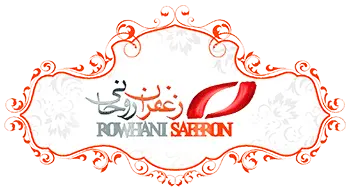

![Exporting Saffron to Turkey + Price Guide [Complete 0 to 100]](https://www.rowhanisaffron.com/wp-content/uploads/f1-372-500x383.jpg)
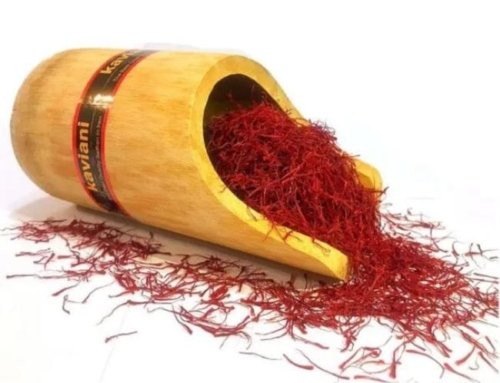

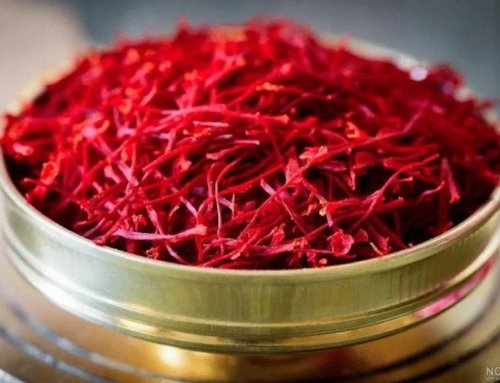
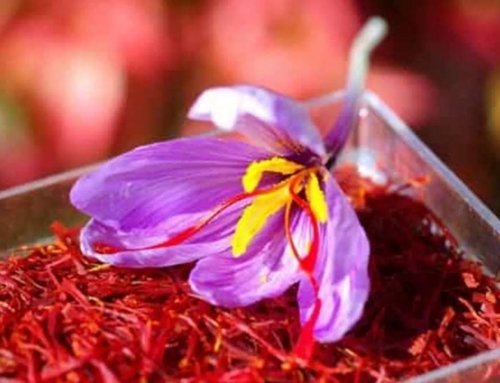
Get Social